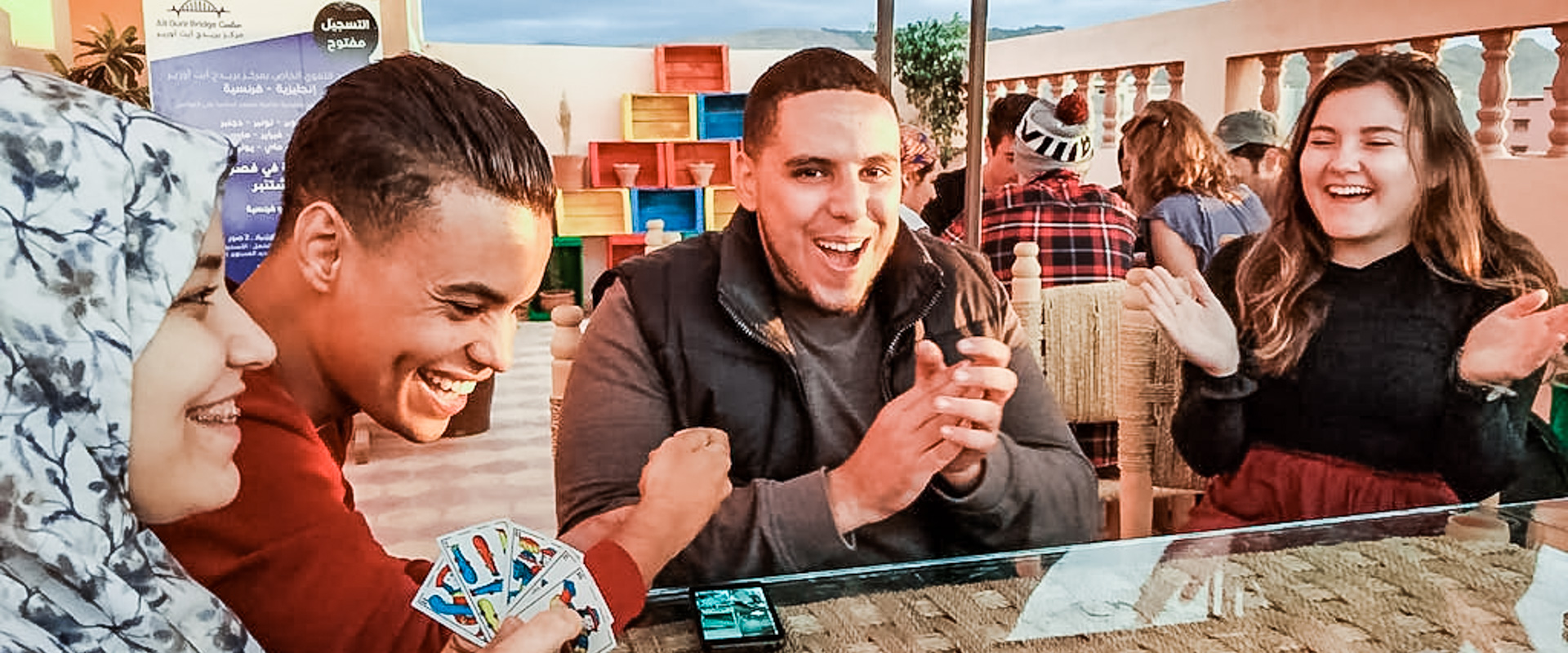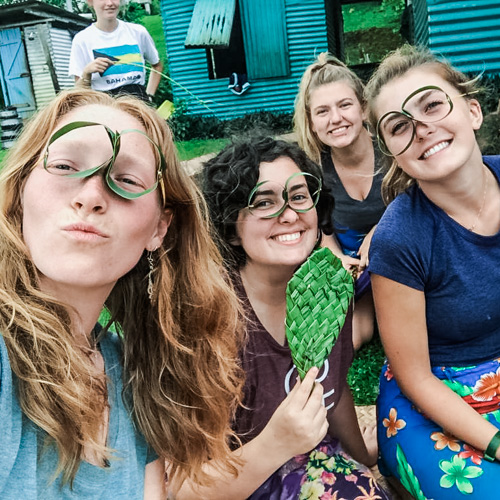

In many institutions where Carpe Diems have been undertaken at scale, the approach has proven suitable for all disciplines and levels of learning.


Visual and systems thinking, including storyboarding for pedagogical processes and curriculum structures (Lewrick, et al, 2018).future visions and missions, then creating a design brief for student outcomes and explicit value (Salmon, 2019) Cross-professional and disciplinary collaboration, development and feedback (Salmon & Wright 2014).Scaffolding and student-centredness (Salmon, 2011).Both deploy the key Carpe Diem principles of: Both are suitable for the refresh and redesign of courses (from campus to blend or online), as well as future proofing new developments. The other tackles ‘module or unit design’ including detailed storyboarding (Salmon & Wright, 2014) and prototyping of online activities (e-tivities) (Salmon, 2013). There are two types of Carpe Diem methods – one offering ‘programme design’, for whole degrees through future visioning, threshold concepts and authentic assessment (Villarroel, et al. The methodology was extensively researched and then extended through a (UK) Higher Education Academy funded project from 2005 (Armellini et al., 2009) and has since continued to be adopted by many institutions and countries for MOOCs, online and blended learning (Usher, et al., 2018). It also actively and successfully promotes teamwork, especially between academics, technologists and librarians (Sputore et al., 2016, Oakley, 2016).
#CARPE DIEM EDUCATION PROFESSIONAL#
The collaborative processes engage academic and professional staff in new, supportive and more acceptable ways, providing them with a vehicle to work together and prove to be a catalyst to enabling ‘opened their eyes’ to new teaching and learning potentials (Vlachopoulos, 2018). The methodology is called ‘Carpe Diem’-meaning ‘seize the day’. Carpe Diem Learning Design was initiated to deploy agile project development for innovation, deploying well researched pedagogical processes and productively incorporating new technologies (Salmon, 2011, Salmon & Wright, 2014). There are extensive, openly available video resources and handbooks to be found at About Carpe Diem

We offer a summary of recommendations for those who wish to move beyond valuable learning design, to enable catalysts and create ‘watersheds’ moments to scale-up and extend strategic renewal efforts. We also provide some real and practical examples of how Carpe Diem can be versioned to enable educational transformation across disciplines and for a key strategic purpose in an organisation. Our abstract, and our presentation panels at OEB 19 briefly outlines the approach including visioning the future for graduates, authentic assessment, threshold concepts, whole programme and course blueprinting, the 5-stage model (Salmon, 2013), e-tivities, storyboarding and action planning. It enables ‘future proofing and the addressing of very high quality active and engaged online learning. The methodology enables agile and effective collaboration between Faculty, professional staff and other stakeholders for rethinking and refresh of packages of learning work. Since the year 2000, the Carpe Diem method has been deployed across the world to enable fully collaborative ways of designing learning.


 0 kommentar(er)
0 kommentar(er)
